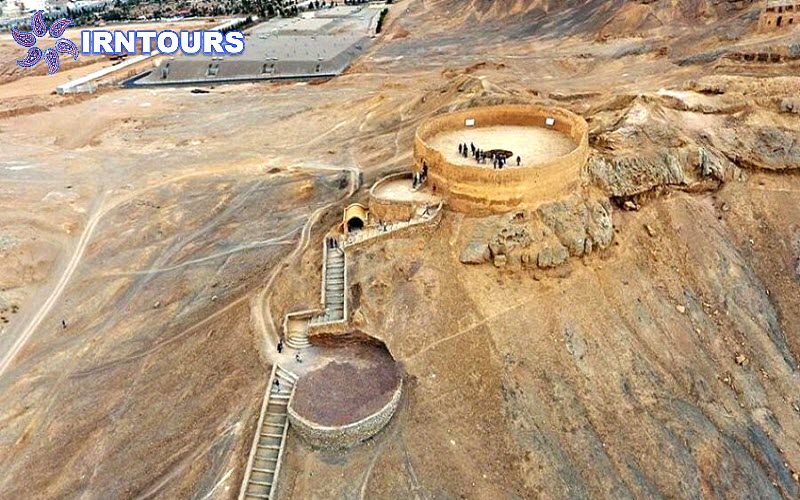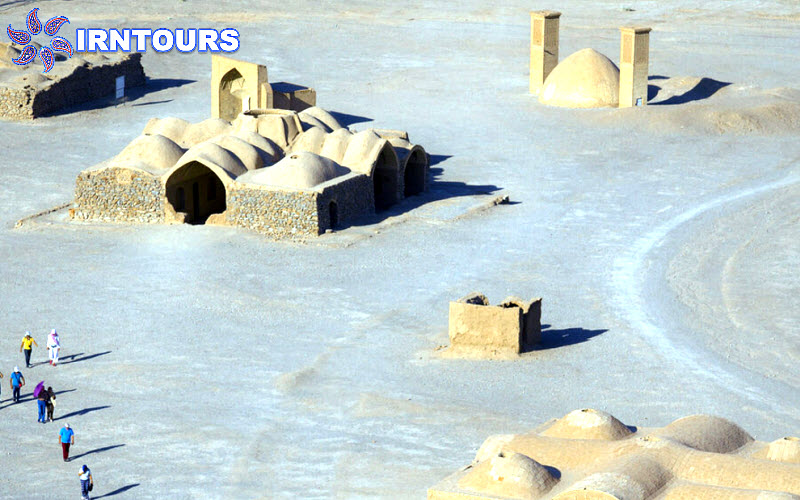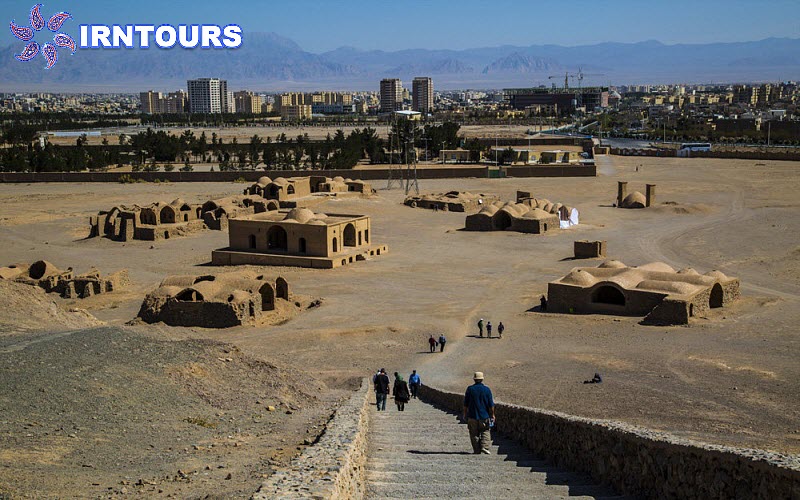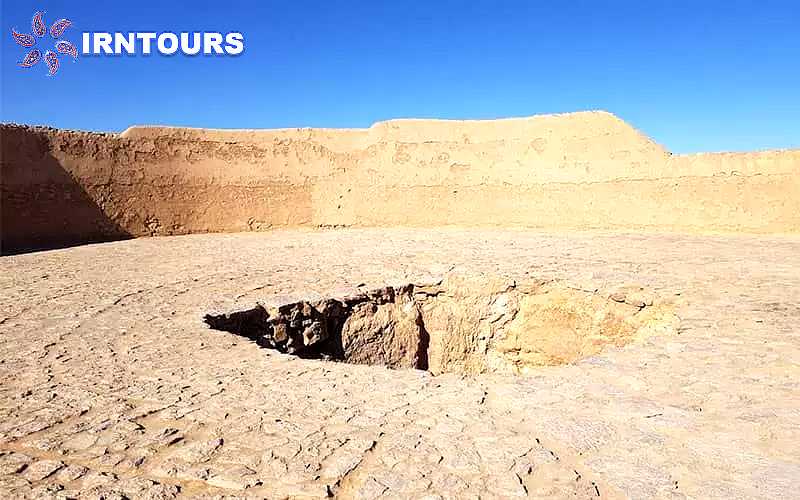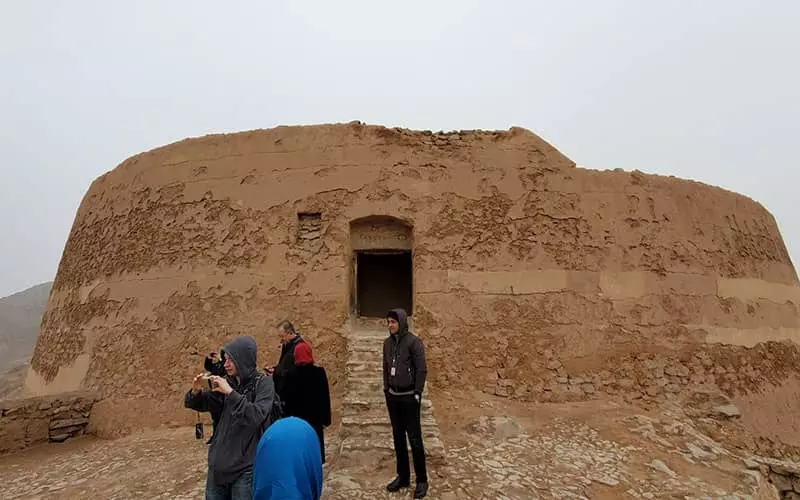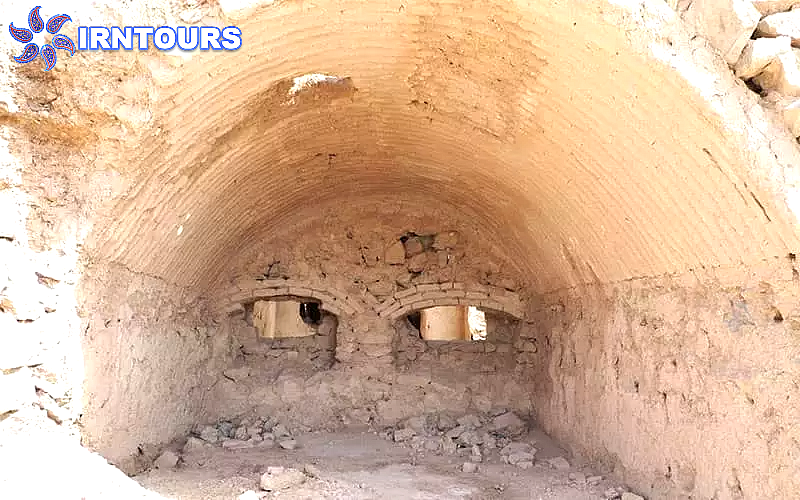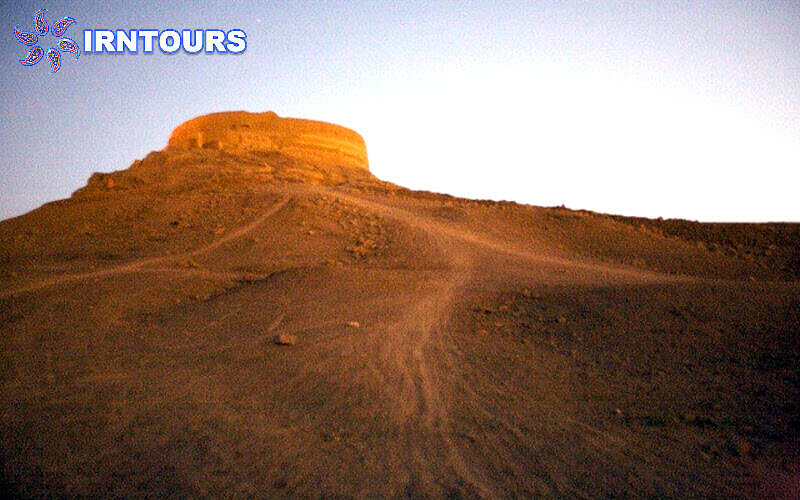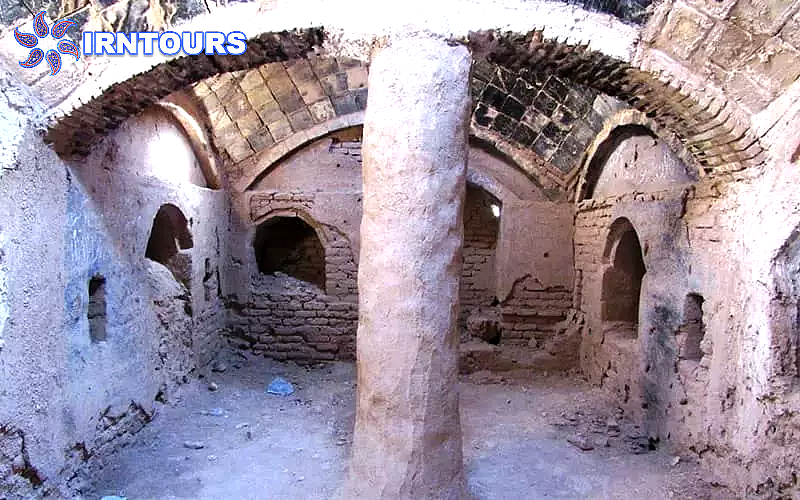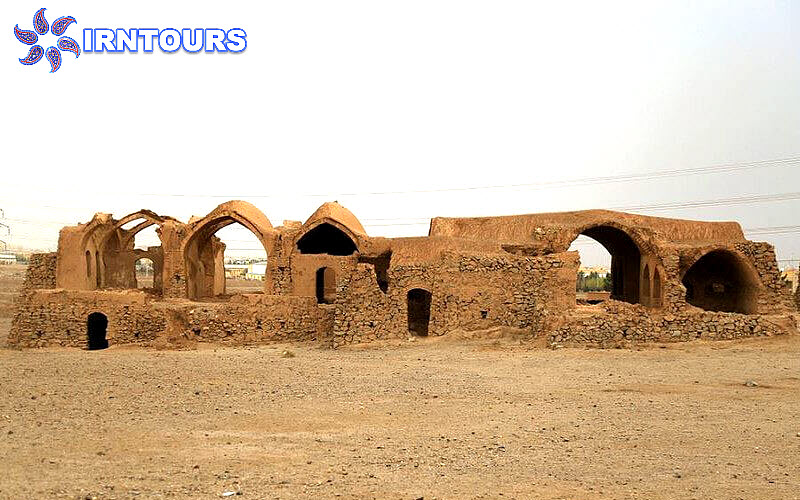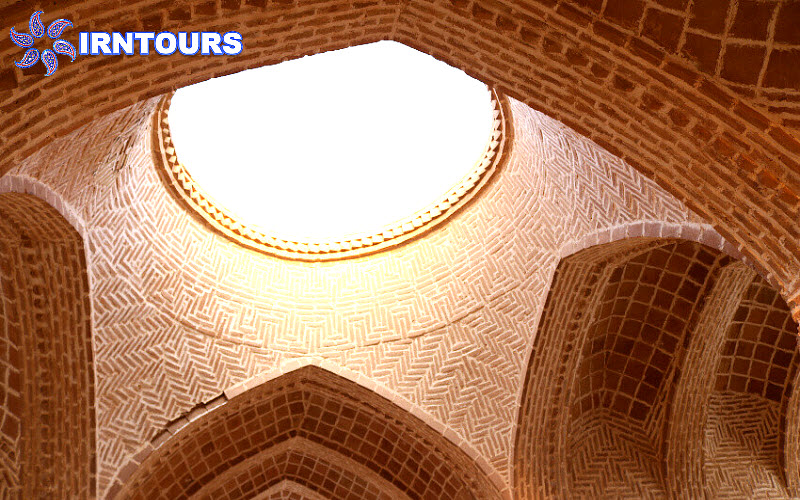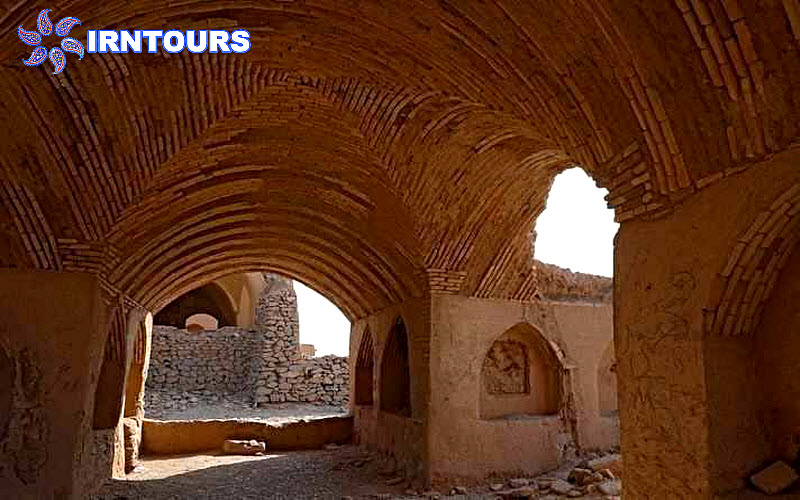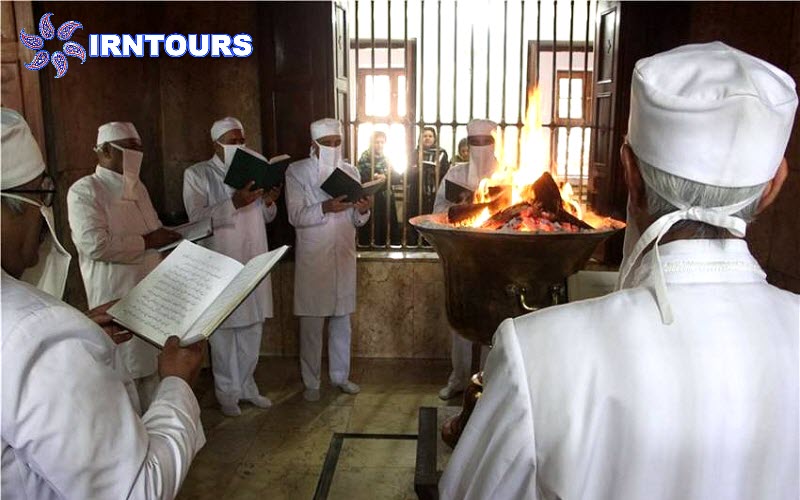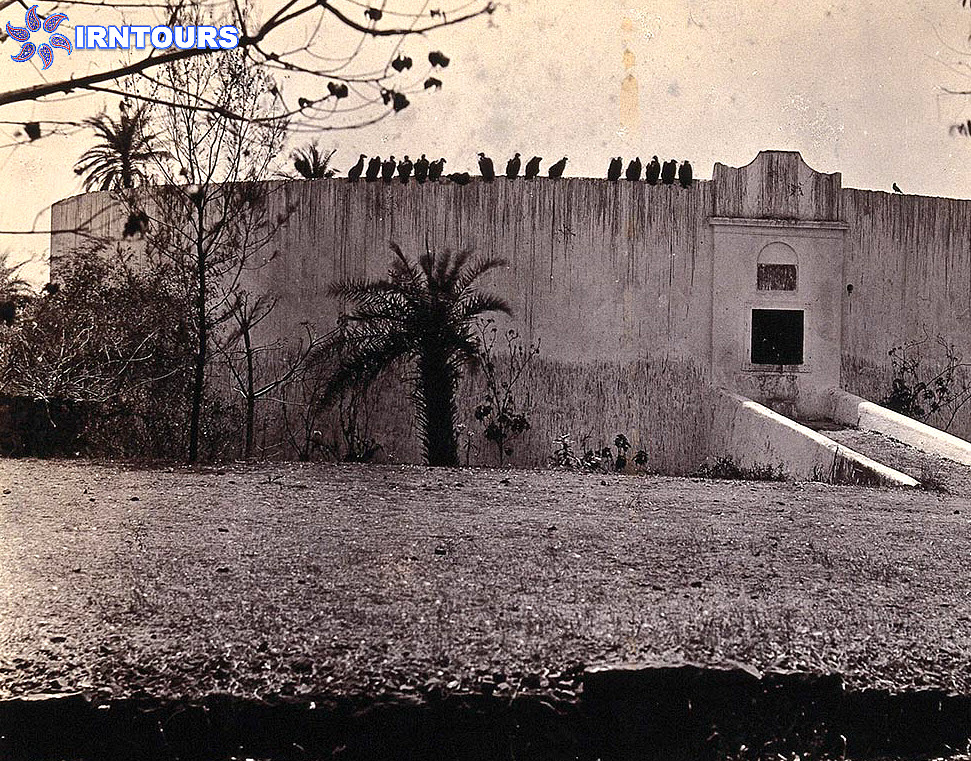
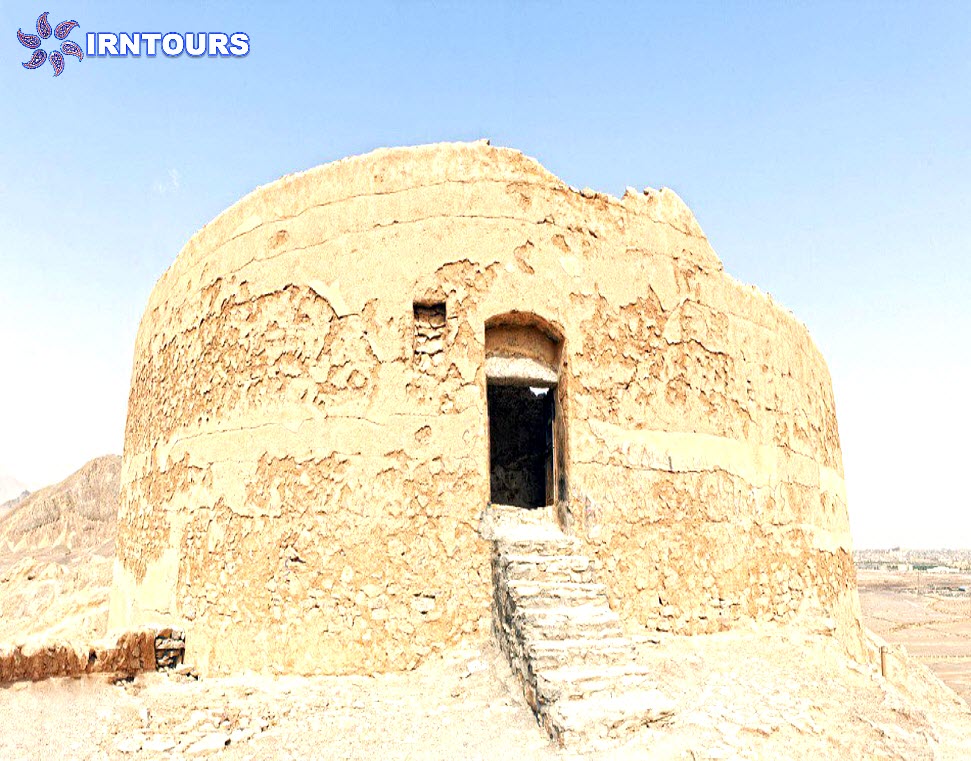
About Yazd Zoroastrian crypt
Yazd fire temple is the place where Zoroastrian sacred fire is kept in Yazd city and the prayer place of Zoroastrians living in this city. This fire temple dates back to the Pahlavi era. Although the fire that burns in it has been lit for more than 1500 years. In fact, the fire in the Zoroastrian fire temple of Yazd is one of the three ancient and sacred fires of Zoroastrian followers from the Sassanid period, which is still burning brightly.
Yazd Fire Temple is one of the symbols of Yazd city and is a part of the cultural and historical heritage of this ancient city and an example of the coexistence of different religions. This fire temple was registered in the list of national monuments of Iran on September 13, 1999, and it is possible to visit it for tourists.
The Zoroastrian Dakhme, which is considered one of the famous places in Yazd, is located 15 kilometers southeast of Yazd and near the Safaiyah area, on a low and sedimentary mountain called Dakhme Mountain.
- Address: Yazd province, Yazd city, Safaiyah district, end of Shahidan Ashraf boulevard, Dakhme mountain
Introduction of Zoroastrian crypt
One of the most important documents from the time of the activity of the Zoroastrian crypt in Yazd is a part of the Bad Saba documentary made in 1969 by Albert Lamorisse. This film shows an interesting story from all over Iran, which is narrated from the eyes and language of “Bad Saba” like an audible story.
At the beginning of this sequence, the director shows the way in which the dead body is carried from the foot of the mountain to the court on the shoulders of Nasasalaran or Nasakshan, as if trying to depict the difficulty of the path to the afterlife. The large tomb of Manekji can be clearly seen on the left side and the newly built small tomb of Golestan on the right side. As the camera zooms in, more than 10 dead bodies can be seen on the level of the crypt, and there is a pile of bones and a stick in the master. After seeing the interior of the crypt, the camera goes higher and higher and tries to evoke the smooth and falling flight to the upper world in the viewer’s mind. According to Zoroastrians, a person is made up of four parts, which are: body, soul, soul, and spirit. Body and soul are destroyed at death; But the other two will remain forever.
- This place has two crypt, which are as follows:
- The great Manekji crypt
- Golestan crypt
About The great Manekji crypt
“Maneckji Limji Hataria Tomb” (Maneckji Limji Hataria) or Maneckji Grand Tomb is on the left. The diameter of this tomb is about 15 meters and it is named after its creator.
Mankji, known as Mankji Sahib, went to Iran during the reign of Naseruddin Shah Qajar from the Persians of India and as a representative of the “Association for Improving the Status of Zoroastrians in Iran” to complain to the king and reduce the pressure on Zoroastrians. Manekji is considered one of the most influential people in Zoroastrian society, and Zoroastrians still owe their existence to his efforts. During his stay in Iran, he built a school and paid for the education of many students. He also built many buildings and one of his most important measures was to remove taxes from Zoroastrians. Manekji died in Tehran in 1890 and rested in a crypt that he built.
About Golestan crypt
During the time of Qajar, the difficulty of passing on the road of Mount Dakhme Mankji caused problems for the corpse bearers. For this reason, the Golestan crypt was built in smaller dimensions and today it can be seen 150 meters west of the Manekji crypt. The diameter of this tomb is 25 meters and the height of its wall is 6 meters from the surface of the hill.
Today, due to the expansion of the cities and their progress to the proximity of the crypts, Zoroastrians bury their dead and their tombs are located near these crypts.
Wherever there are traces of historical ceremonies and stories, rumors and legends gain strength and sometimes cause trouble. The Zoroastrian crypts are no exception to this rule, and there are stories about the existence of treasure in them. People believe that Zoroastrians used to send the belongings of the dead to the crypt along with them. These stories caused the three young men to be drawn to the crypts with the fantasy of finding treasure; But when the wall collapsed due to the looseness of the soil, they were trapped under the debris, and in the end, they got nothing but death.
What is a crypt?
Our ancestors knew nature from the four elements of water, fire, earth and air. After everyone’s death, they would return his body to one of these four sources, without causing pollution to other elements. The group that lived by the seas threw their dead into the water; Forest dwellers used to burn the bodies of the deceased; The inhabitants of the plains buried the bodies, and those who lived in the cold and snowy mountains, carried the dead bodies to the top of the mountains and put them in the crypts.
It seems that in ancient times, there was no building as a crypt, and the corpses were only placed in a distant place to be destroyed. The use of this word is related to the time when the Aryan tribes burned the bodies of the dead and called the cremation places, crypts.
With the emergence of Zoroastrian religion, the custom of burning the body was abolished; But the tomb remained in its place and was used as a place to put the deceased or a burial place. Among Zoroastrians, they also call Dakhmeh, Courthouse, Dadgeh, or Dozegeh, which means the divine court and refers to the end of life and the beginning of the calculation of deeds. According to Zoroastrians, death is considered the main weapon to fight against the devil, and the corpses should be placed in a place where the devil has an effective presence.
Dakhmeh, Tower of Silence or Tower of Silence is a place on top of a hill where corpses were placed to become food for animals and birds. These places were not places to bury the dead; Rather, they were considered a place for their bodies to disintegrate. It is said that the life of this method in Yazd ended in the 1961s; But according to the available documents, this work was done in Yazd until 1971, and the exact date of its end is not known.
Architecture and structure of the crypts
The crypt is a circular area with a perimeter of about 100 meters on top of a high mountain, which is dozens of farsangs away from the surrounding villages and settlements. The wall around the crypt was made of stone and cement and a small iron door was installed in it for entry and exit.
Tombs, like many other structures, had special parts, each of which had a special use. The different sections of the crypt included the crypt road, the stone or iron door of the court, the crypt inscription, the circle of the dead men, the circle of the dead women, the circle of the child dead and the astoudan or sarade.
Crypts Roads
Since the crypt was located at a great distance from settlements and somehow far from civilization, they had to use the road to access it. A part of this road was used by the public to bring the body for delivery. But from the foot of the crypt to the door, only the officials of the crypt had the right of passage. Today, this road has been built with stairs so that visitors can easily reach the crypt; Although in the past there were only a few small holes in it so that certain people could pass through it.
In stone or iron tomb : Wherever there are carcasses, there are also predatory creatures. This danger always existed for the crypt and the bodies inside it, and one of the ways to preserve the dead was to use an iron or stone door.
Tomb inscription : There was an inscription above the door of the crypt with information on it. In many buildings of the past, the presence of inscriptions was a common thing and now it is seen in most historical works.
inside the crypt : The inner surface of the Tower of Silence consists of a flat and round space that is covered by large boulders. This section hypothetically consists of three circular strips, which are:
- The male section or ring of the male dead in the end circle band, which is larger than the other circles and connected to the wall around the crypt.
- The female section or the ring of the female dead is in the middle circular strip that is located after the male section.
- Children’s section or children’s circle of the dead in the inner circle, which is the closest part to the center of the crypt.
About Ostoudan
The inner surface of the tomb slopes from the wall towards the center, and in the middle of the tomb, it reaches a deep well, at the bottom of which is a moving stone called “Ervis”. This deep well was connected to four deeper wells around the crypt, and one meter from the depth of all the wells was filled with sand. The middle well of the crypt was covered with stone and cement so that germs and pollution would not spread outside when the bones were in it and before the well was cleaned. This well was called “Sarade”, “Estedan” or “Estedan”, which means “ossuary” or “place of bones” and is known as a stupa among Indians.
Studan is actually the place where the remains of the corpses were poured into to turn into soil. According to religious beliefs, at the time of their death, the rich and the poor would be in the same state in this well and convey the meaning that the wealth of the world will not be used at the time of death. Of course, in some sources, it is mentioned that the bones of the great and powerful were buried in another place called “Asdaneh”; But this narrative does not match the religious teachings and even the structure of the tombs does not confirm the existence of special wells.
Structures around Zoroastrian crypt
At 150 to 200 meters from the crypt and on the slopes of the northern side of the crypt, there are several buildings made of clay, mud, brick, stone or a combination of them, which usually have two floors and several rooms. These buildings are among the welfare structures of the past, and the oldest of them are the buildings known as Khila, which are located on the western side and date back to the Safavid period.
- Salar House : One of these buildings belonged to the salar or the person in charge of the crypt. Salar was said to be someone who among Zoroastrians was responsible for the affairs of the deceased and in the past used to bathe the dead body and take it to the top of the tower to leave it to the birds. The person in charge of the crypt was a person who had to stay in the crypt and near it all his life and had no right to leave it. At that time, most of the deaths occurred due to infectious diseases, and since the chieftains were constantly in contact with the dead, it was possible for them to contract the disease. Therefore, their place of residence was somewhere outside the settlement and they had less contact with people.
- Special fire room : One of the structures of this complex belonged to firemen. They were usually two people and their work started from the day they took the body into the crypt. They lit a fire in a special room when it got dark and kept it lit until morning. The light of this fire had to shine from the window of the room to the entire crypt and this continued for three nights.
On the wall of the crypt, there was a small window-like hole that was along the window of the fire room and the flames in the middle of the room, which caused the light of the flames to shine into the crypt from night to morning.
According to the Zoroastrian belief, the soul of the deceased person flies around and above the corpse for three days and nights and then goes to the sky. This ceremony also originated from the same belief so that the deceased is not afraid of darkness and loneliness in the first three nights after death.
Tips for visiting the Zoroastrian crypt
- Visiting hours of this crypt are from 8:00 to 17:30.
- One of the important points when visiting the crypts is to respect this religious place.
- The Zoroastrian crypt has been a place for Zoroastrian ancestors to relax, and as a result, behaviors such as writing souvenirs and throwing garbage annoys these people.
- This complex has many steps and is not recommended for the physically challenged and the elderly.


